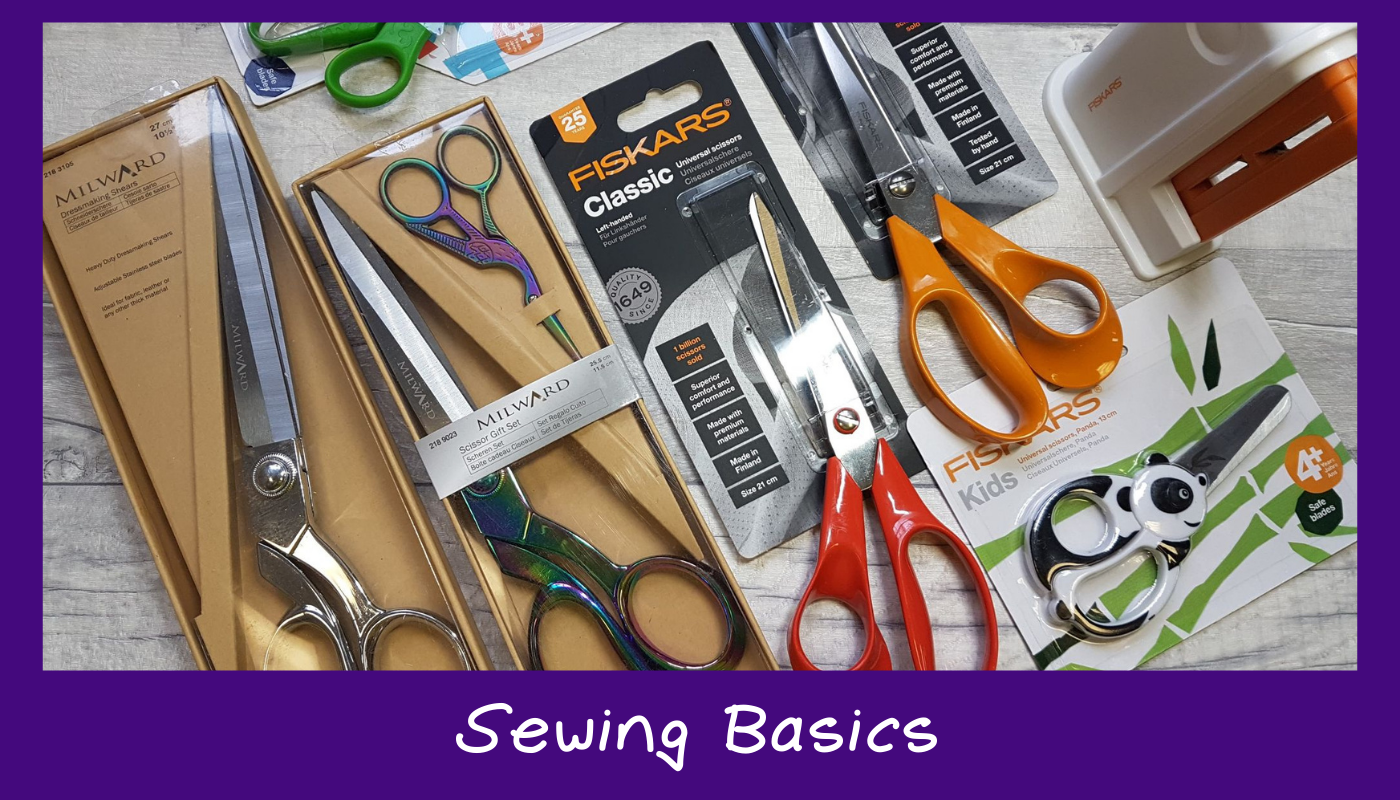
Learning to sew is always an exciting time but it can be quite overwhelming to figure out all the things you need to know along the way. We thought we’d give you a helping hand by compiling our favourite tips for beginners sewers to make your life easier!
Before you begin practicing or start a project, make sure you’re prepared with all the things you need. Scissors, thread, pins or clips, a tape measure, thread snippers and somewhere to put your scraps. We love this Rainbow Thimble Pot for storing our thread ends!
Being organised from the beginning makes it much easier as you progress in your sewing. Create proper work stations and storage solutions so everything you need is to hand.
We have a variety of storage solutions including bobbin boxes, thread stands, pattern filing boxes and much more to help you get your sewing area organised.
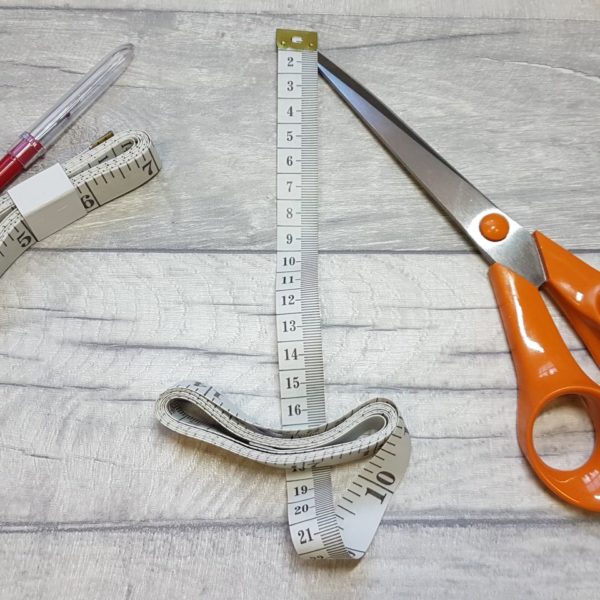
Knowing what is what when it comes to fabric can be a bit of a minefield. We have a handy fabric guide which explains the differences between different types of fabrics and suggests uses for each.
It is also helpful to understand how fabric is cut when you order it. Here at Caboodle Textiles we sell fabrics by the half meter. This means the length of the fabric we send you will be whatever you order, the width is always the width of the fabric which for jersey is usually around 150cm.
This may mean if you only order half a meter of directional fabric, it may look a little strange as you will have more going width-ways than length-ways. Always bear this in mind, particularly for directional fabric when you are purchasing, you may find you need more to account for not being able to use the fabric the opposite way.
Prior to cutting your fabric, we recommend pre-washing first if the fabric allows for it. Check the care information for each fabric as some fabric is hand wash or wipe clean only. Pre-washing accounts for shrinkage and colour bleeding and ensures the fabric is prepared for your sewing, as well as removing chemicals and dirt from the manufacturing process.
Once you have prewashed, be sure to iron your fabric if it is creased. This will make sure your pattern is cut accurately and not too small because of the creases.
You may see terms in your sewing pattern such as “on the fold”, “grainline” and “selvedge”. These refer to properties of the fabric:
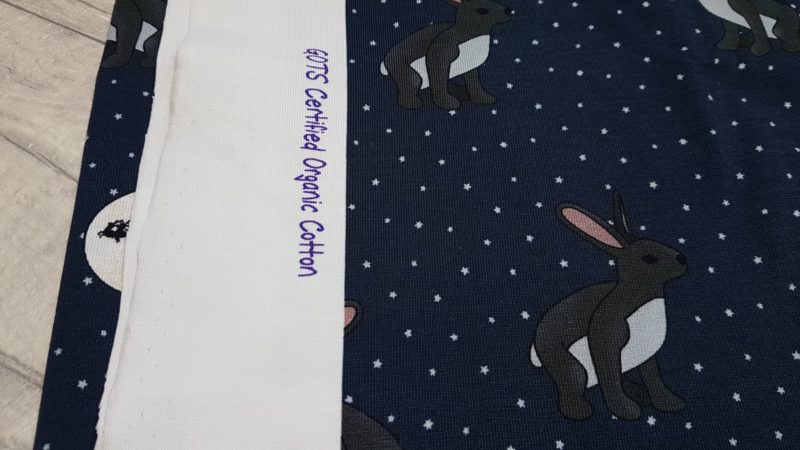
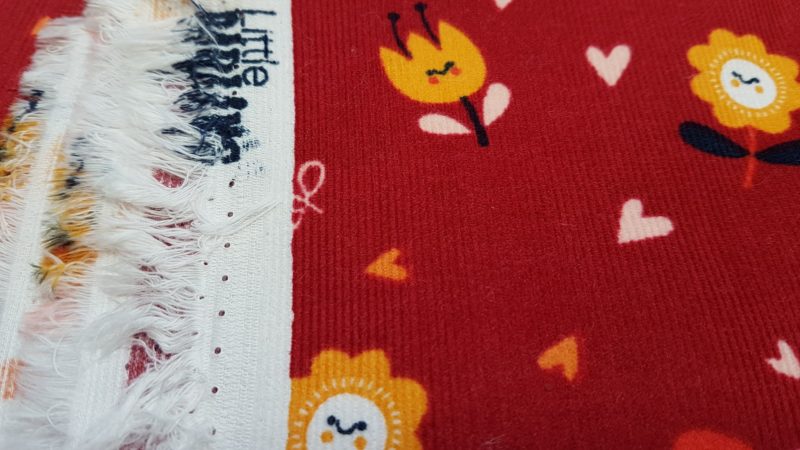
Securing your fabric when constructing your garment is really important. There are 2 options when deciding how to do this, pins and clips.
Clips wont make holes in your fabric or risk getting eaten by your machine. Perfect for fabrics in which holes would show, or reduce the effectiveness of the fabric such as waterproof fabrics. They are also much safer to use around children than pins.
Pins are great for securing items prior to sewing to ensure no movement as you sew in fiddly areas, for marking darts, placing pockets, pleats and more.
There are also different types of pins such as ballpoint pins suitable for jersey fabric as it won’t make a hole, and sharp pins for accurate piercing through stronger more stable fabrics.
It really is personal preference you may like to test both and see which you prefer. Beginners usually find clips a lot easier to manage.
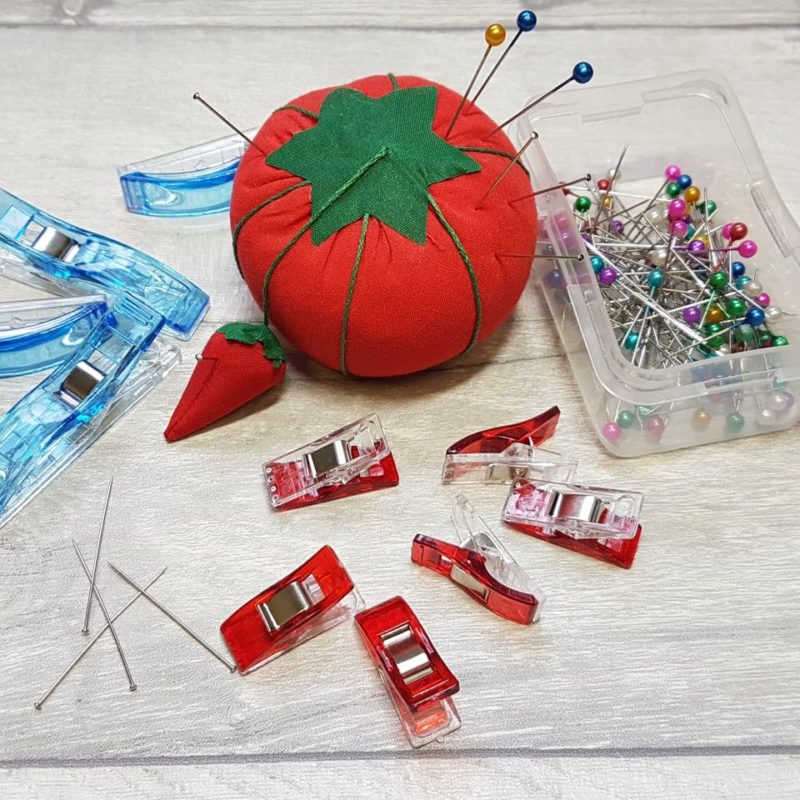
One of the most common questions beginners have when starting their sewing journey is what to do with seams. That depends on the garment you’re sewing, the equipment you have and the fabric you’re using.
If you have an overlocker, always overlock your stretch fabric seams. If you don’t have an overlocker, use a sewing machine zig zag or lightning stitch. A stretch stitch is needed to avoid the seams from popping and breaking when the fabric is stretched.
Woven fabrics that fray such as cotton, canvas and cord need a straight stitch on a sewing machine to secure the seams. If you have an overlocker, you can always overlock the seams after you’ve secured with a straight stitch for a professional finish. Some sewers prefer to overlock the edges of all woven pattern pieces before they start sewing. This can be useful with fluffy fabrics where its hard to see the edges precisely or on fabrics that fray easily.
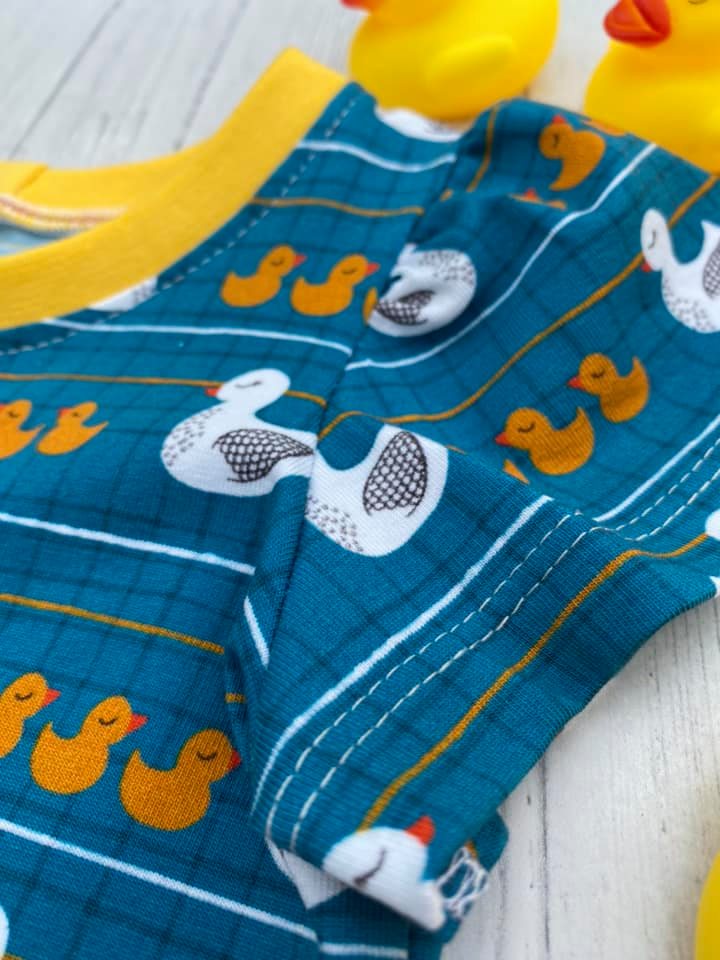
Certain sewing tasks are much easier with the right kind of foot. For example installing a zipper is much easier with a zipper foot or a walking foot can make hemming knit fabrics much easier.
There are many different types of machine feet, all of which do various tasks. The suitability of particular feet may depend on your machine; your manual will explain which feet are suitable for your machine.
Using the right foot can make all the difference to your project and stop frustration.
Always have 2 (or more!) pairs of scissors very clearly marked. Don’t use the same scissors for cutting fabric as you do for cutting paper. They will blunt quicker and may cause snags in your fabric.
Finding the scissors that are right for you may take some trial and error as they come in various metals, weights and lengths.
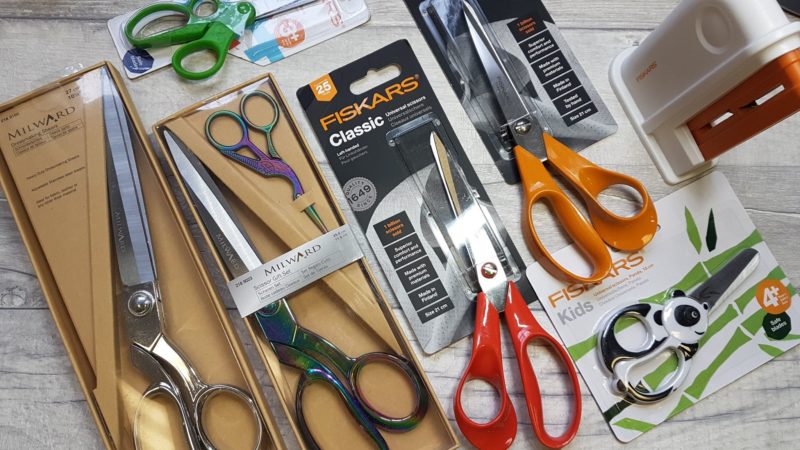
If your machine is giving you a headache, try a different brand of thread. Frankly, some machines can be straight up divas and will only behave if using a specific brand of thread.
You can also use overlocking thread on your sewing machine, it’s suitable for use on machines, it’s just the cone is more suited to overlockers.
If your overlocker is playing up, try bulky thread as some overlockers prefer that. Aerolock is great for this.
There is no hard and fast rule for this, all machines are different so it’s worth experimenting.
We stock Gutermann and Moon Thread so you try those and see which you (and your machine!) prefer.
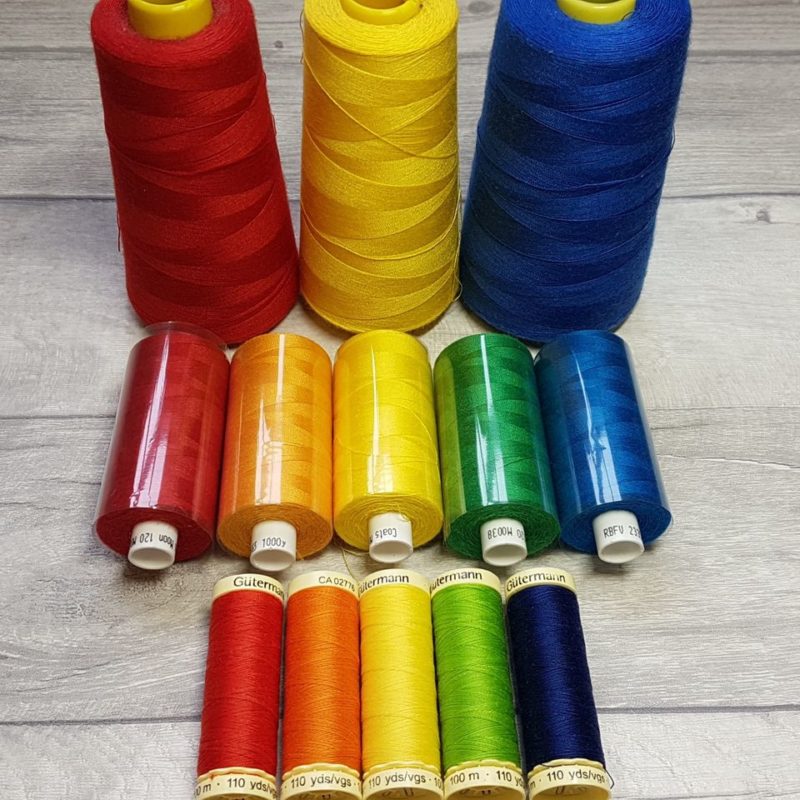
Well cared for tools will serve you well in the long run. Clean your machine, sharpen your scissors, clean your iron, and they are less likely to need repairs in the future.
Many common troubleshooting issues can be resolved by some simple machine maintenance. A lot of machines will struggle and knot the thread if there a build up of lint.
A handy sewing machine maintenance kit will help you keep your machine in good working order. Keeping your sewing machine and overlocker in tip top condition, ensuring it’s clear of debris and not clogged in anyway.
Another must have is sewing machine oil, it’s vital to keep your sewing machine and overlocker oiled to ensure smooth running of your machine, prevent seizures in the machinery and easier sewing time.
Be kind to yourself
It can be really easy to beat yourself up when you’re starting out sewing, you will mistakes and that’s absolutely fine! Everyone who has ever learnt to sew has made mistakes. Don’t give up, drink lots of tea and get a seam ripper!
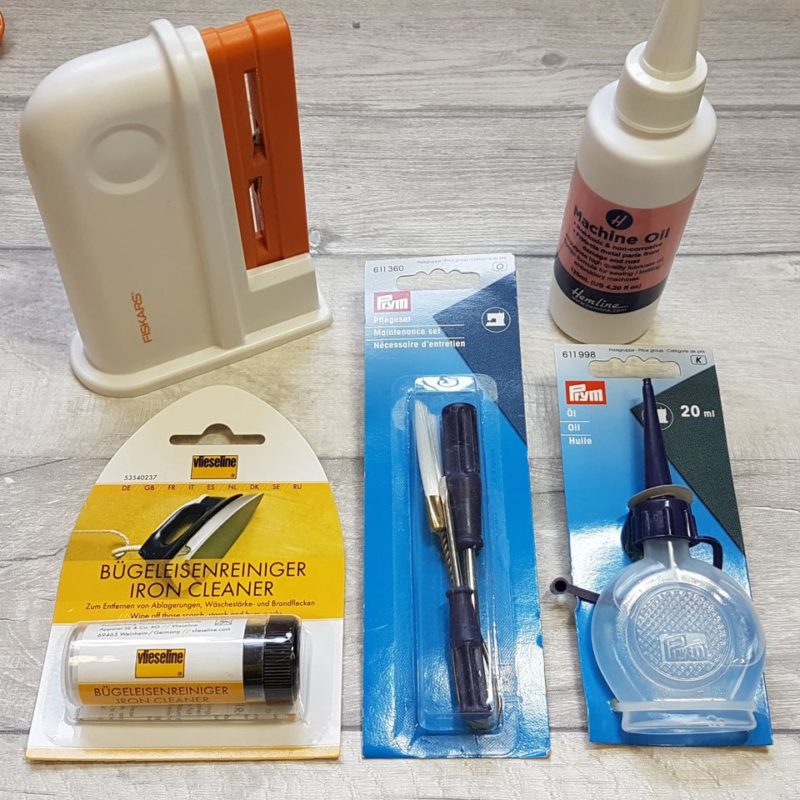
Over in the Caboodle Textiles Facebook Group our wonderful community is always on hand to give a helping hand and you’ll be sewing with confidence in no time!
We hope this list of helpful tips has been useful, do let us know your thoughts!
Happy Sewing